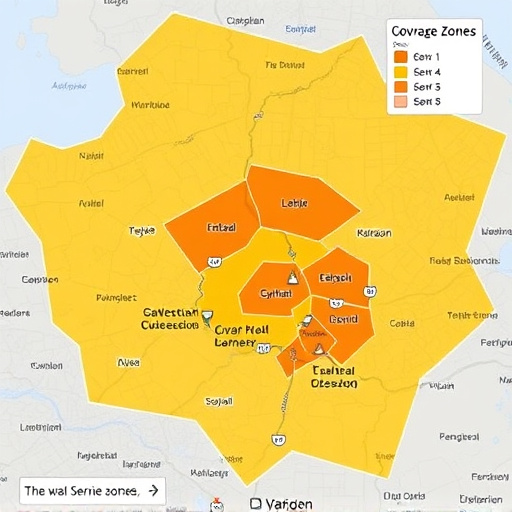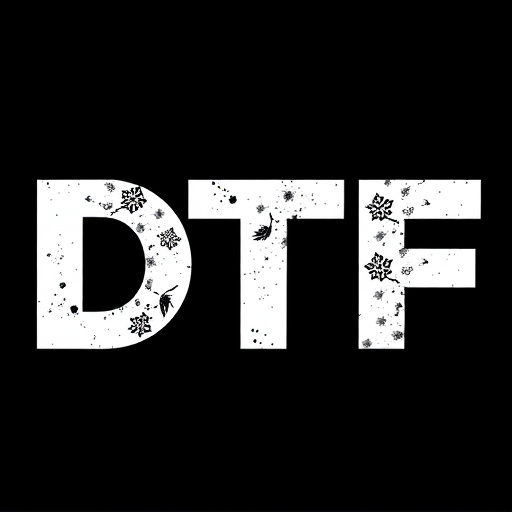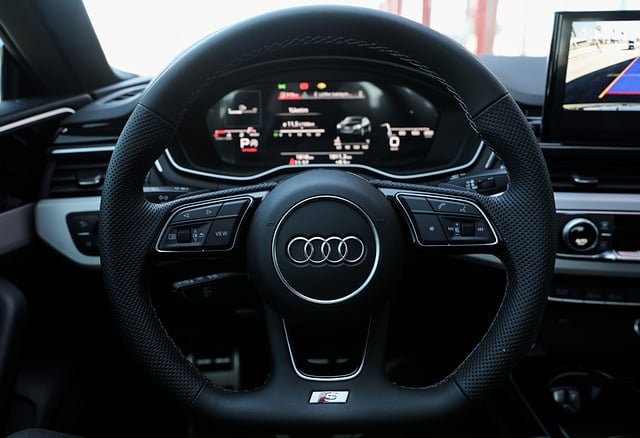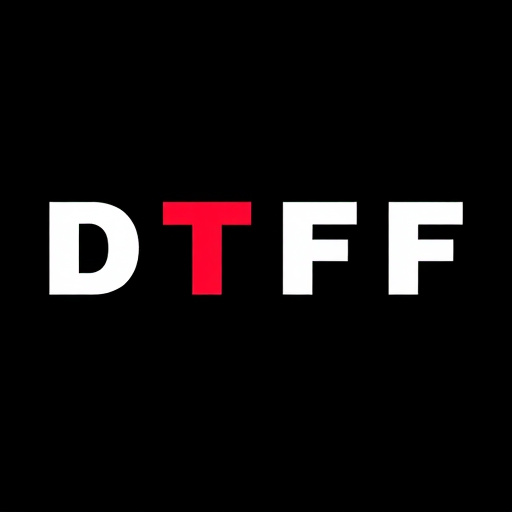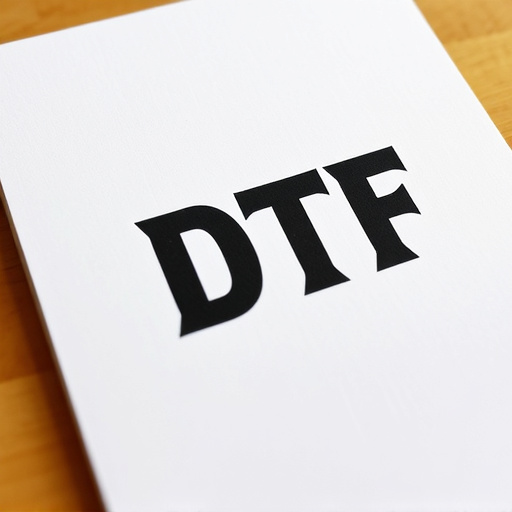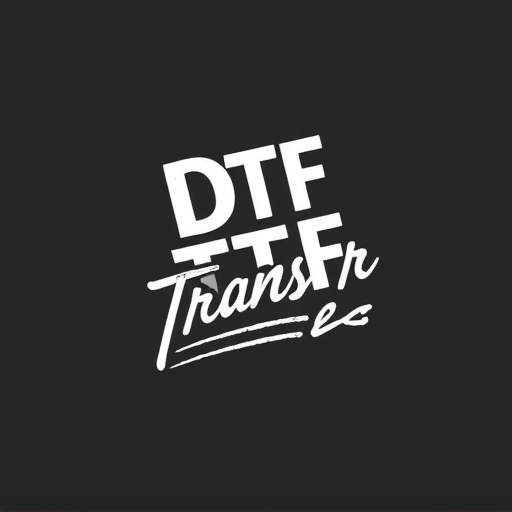Direct-to-film (DTF) transfers have transformed printing, offering artists and designers unparalleled creative freedom. By applying ink directly to various film stocks, DTF enables the creation of unique, high-quality prints with precise detail. Dimensional measurements play a pivotal role in DTF's success; they dictate print size, resolution, and application, from standard A4/A3 sheets for everyday printing to custom shapes for art installations. Balancing resolution, cost, and material waste is key to achieving excellent DTF prints, suitable for both fine art and commercial use. Understanding these dimensions ensures optimal results in DTF transfers, catering to diverse needs with vibrant, durable prints.
“In the realm of direct-to-film (DTF) transfers, dimensional measurements play a pivotal role in determining print quality and cost-effectiveness. This article offers an in-depth exploration of how DTF transfers are categorized based on their dimensions, delving into standard sizes commonly used in DTF printing and the advantages they offer. We also dissect custom dimension options, highlighting flexibility and considerations for unique prints. Furthermore, we analyze the impact of dimensional choices on print quality and budget, providing best practices to ensure optimal DTF transfer selection.”
- Understanding Direct-to-Film (DTF) Transfers: A Brief Overview
- Categorizing DTF Transfers by Dimensional Measurements: An In-Depth Look
- Standard Sizes: Their Role in DTF Printing and Applications
- Custom Dimensions: Flexibility and Considerations for Unique Prints
- The Impact of Dimensional Choices on Print Quality and Cost
- Best Practices for Choosing the Right DTF Transfer Size
Understanding Direct-to-Film (DTF) Transfers: A Brief Overview
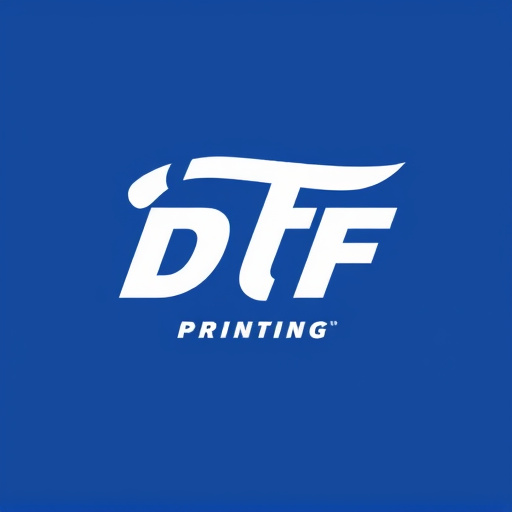
Direct-to-film (DTF) transfers involve creating prints directly on a chosen film stock, eliminating the need for intermediate steps. This modern printing technique has gained significant traction in the photography and motion picture industries due to its versatility and ability to produce high-quality results. DTF offers photographers and filmmakers an alternative to traditional printing methods, allowing for more creative control and a faster turnaround time.
By using specialized equipment, artists can precisely apply ink or dye onto various film formats, including 35mm, 16mm, and even larger gauge films. The process ensures that each print is unique, capturing the artistic vision of the creator. DTF Printing produces vibrant, durable DTf Prints that maintain their quality over time, making them a preferred choice for both fine art photography and archival preservation.
Categorizing DTF Transfers by Dimensional Measurements: An In-Depth Look
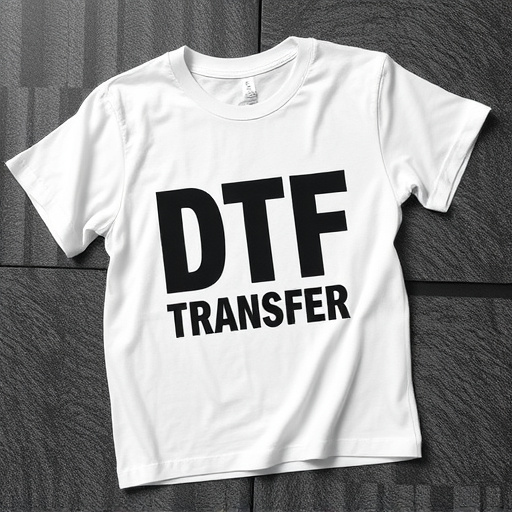
Direct-to-film (DTF) transfers have revolutionized printing and design, offering a unique and precise method for creating custom prints on various materials. Categorizing DTF transfers by dimensional measurements is a critical aspect of understanding their capabilities and limitations. This in-depth look delves into how these measurements define the size and scope of final DTF prints.
Dimensional specifications for DTF transfers typically include length, width, and sometimes thickness. These dimensions play a pivotal role in determining the quality and applicability of the print. For instance, wider film surfaces allow for larger prints, catering to expansive designs on T-shirts or banners. Conversely, thinner films are more suitable for intricate patterns and detailed artwork, ensuring every minuscule element is captured accurately. By understanding these measurements, designers and printers can make informed choices, matching the DTF transfer’s dimensional capabilities with the desired outcome of their project, whether it’s a vibrant graphic on a hoodie or an elegant monogram on stationery.
Standard Sizes: Their Role in DTF Printing and Applications
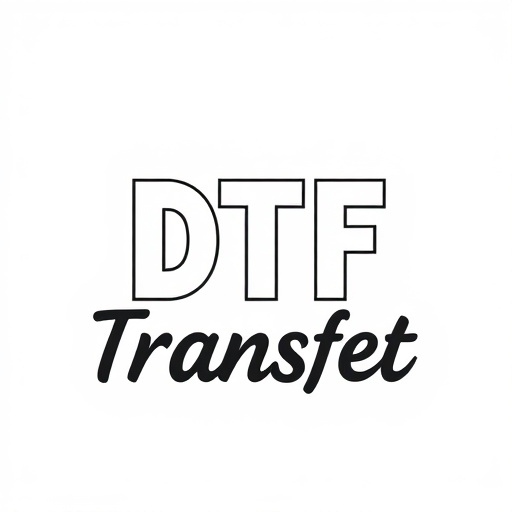
Standard dimensional measurements play a pivotal role in the world of Direct-to-Film (DTF) transfers and printing. These sizes ensure consistency, compatibility, and quality across various applications. The most common DTF transfer dimensions include A4, A3, and larger formats like 12×18 inches or 30×45 cm. Each size caters to different needs; A4 and A3 are ideal for personal use, small-scale projects, and sharing, while larger formats are favored in professional settings for high-quality prints on canvas, posters, or even clothing.
In DTF printing, the chosen dimensions directly impact the final print’s resolution, detail, and overall aesthetic. Standard sizes provide a framework that allows printers and designers to work efficiently, knowing exact specifications. This standardization facilitates the process, especially when ordering supplies, as manufacturers typically offer consumables and equipment in these standard measurements. As a result, DTF technology becomes more accessible and practical for both hobbyists and professionals alike.
Custom Dimensions: Flexibility and Considerations for Unique Prints
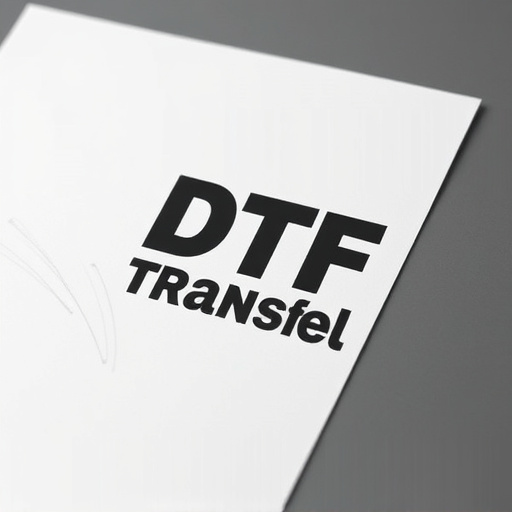
Custom Dimensions offer a significant advantage in DTF (Direct-to-film) transfers, allowing for unparalleled flexibility when creating unique prints. This method enables artists and printers to tailor their designs to specific requirements, whether it’s for irregular shapes or non-standard sizes. By bypassing traditional printing constraints, custom dimensions open doors to innovative art installations, specialized merchandise, and even architectural applications.
When considering DTF transfers with custom dimensions, several factors come into play. Printers must account for material wastage, registration accuracy, and edge quality. Using advanced cutting techniques and precise alignment ensure that final DTF prints maintain exceptional detail and visual appeal. This approach is particularly beneficial for creating limited-edition pieces or producing high-quality art reproductions that demand precision down to the smallest detail.
The Impact of Dimensional Choices on Print Quality and Cost

The dimensional choices in direct-to-film (DTF) transfers play a significant role in determining both print quality and cost. When selecting the appropriate dimensions for your DTF transfer, it’s crucial to consider the desired print resolution and size. Higher resolutions require larger film areas to ensure meticulous detail reproduction, which can increase material costs. Conversely, lower resolutions might save on materials but could result in coarser prints, sacrificing visual clarity.
Moreover, dimensional considerations extend beyond the transfer itself to the eventual application of the DTF prints. For instance, if producing wraps for vehicles, the film must accommodate the curves and contours of the surface while maintaining sharp details. This necessitates precise cutting and handling during the printing process, impacting both production time and overall expenses. Therefore, choosing the right dimensions is a delicate balance between achieving desired print quality and managing costs effectively in DTF printing.
Best Practices for Choosing the Right DTF Transfer Size

Choosing the right DTF transfer size is crucial for achieving optimal print quality and ensuring your final products meet expectations. The primary factors to consider are the intended use of the print, the viewing distance, and the level of detail required. For example, if you’re creating a sign or poster designed to be viewed from a distance, a larger DTF transfer may be suitable as it can capture finer details at a more expansive scale. Conversely, smaller transfers are ideal for detailed applications like custom phone cases or small trinkets, where close inspection is common.
Best practices dictate evaluating your target audience and the context of use. For consumer products intended for personal use, standard DTF transfer sizes often suffice. However, for commercial projects with specific size requirements or intricate designs, custom transfers might be necessary. Additionally, material considerations play a role; some substrates accommodate larger transfers better than others, influencing your decision based on the chosen print medium.


